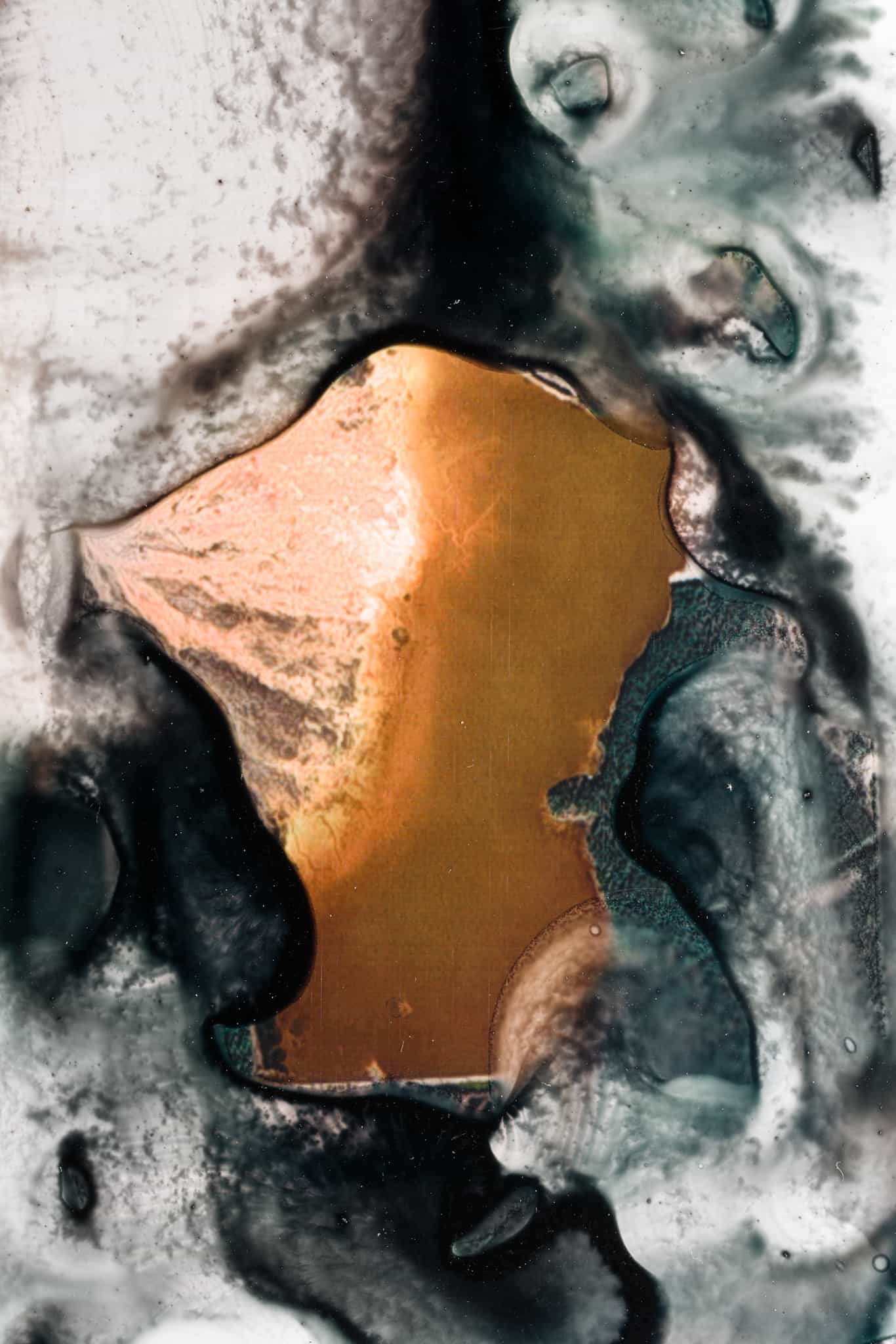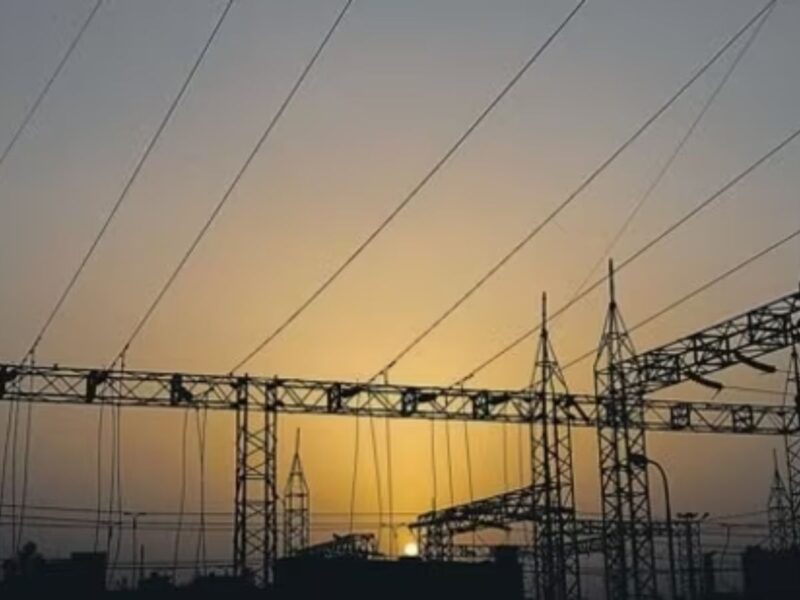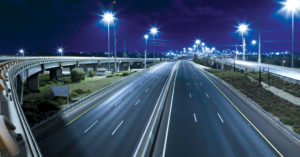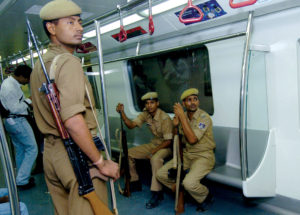This latest exhibition in the Embassy of France explores a myriad of hues and textures, including glass, paper and cloth
2021 marks the 195th anniversary of the first successful experimentation with photography as a novel form, and patented as a new invention by the French practitioner Joseph Nicéphore Niépce in 1827.
In honour of this occasion, the Embassy of France In India is all set to present ‘Unsealed Chamber: The Transient Image’. Featuring four contemporary artists working with both analogue and digital methods, reacting to vital transformations following a year of introspection in the course of the pandemic.
“The birthplace of photography, France has always supported the practice and development of photography across the world, including India. For many years, this medium has contributed to the cultural relationship between our two countries, and ‘Unsealed Chamber: Transient Image’ is one of many examples of these special ties,” says H.E. Mr Emmanuel Lenain, Ambassador of France to India.
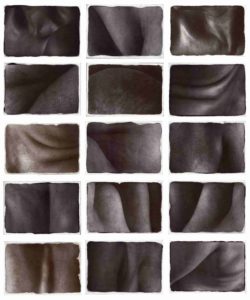
The upcoming exhibition explores a sense of creative hybridity by melding both manual techniques and new media to reflect on questions of self, society, ecology and representation through recent works of Aparna Nori, Arpan Mukherjee, Indu Antony and Philippe Calia.
Their works focus on ongoing social concerns, sometimes as subjects within their own images, they make crucial contributions to the ever-growing cultural history of the craft of image-making and identity construction. Each artist engages with an intensive reworking of found or new material as a means to unpack his or her inner lives, using speculative means – montage and fiction.
Presenting myriad hues, the artists have also worked on different surfaces. This includes glass, paper and cloth, through which they undertake an introspective journey to different paradigms of reality, prompted by a planetary consciousness of our common predicaments since the pandemic, and hence make us think about shifting interpersonal exchanges.
Artist Philippe Calia approaches the planet via Google Earth satellite images, scrutinising sites which are mined for developing camera hardware on mobile devices. Through still and moving images, he explores the destruction of the Earth’s surface, but also ponders the idea of reconstruction through core memories from his childhood seen in a video installation.
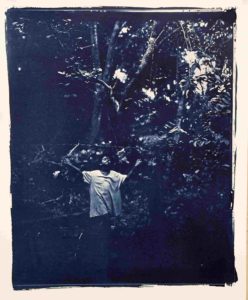
The very texture of his images draws us to the works of Aparna Nori, who performs acts of inscription – both as subject and spectator, creating salt paper prints of her own body and a recorded projection on draped muslin. The act of staging a life, creating connections between personal history, migration, dislocation as well as anchoring oneself to a sense of impermanence, emerges in the work of Arpan Mukherjee.
His longer practice of printmaking in Shantiniketan compels him to use different vintage photographic processes to communicate a sense of change as well as leave behind an archival trace. The archive as an ever-growing entity includes what we know but also what we have not seen.
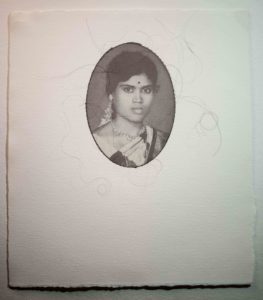
The works of Indu Antony, part of the Bangalore-based artist collective, Kanike, then investigate and trace images of anonymous women found in heaps of discarded material. She reclaims their place in world as active, engaged participants with agency, but uses a photographic technique that will cause the images to fade in time.
The exhibition will be on display at Galerie Romain Rolland, Alliance Française de Delhi from October 14 to November 3
(Cover: Artist Philippe Calia approaches the planet via Google Earth satellite images)

